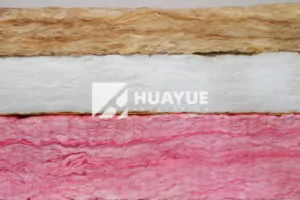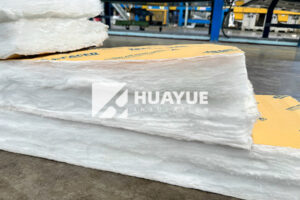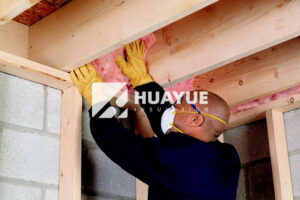How Much Is Fiberglass Insulation?
Trying to budget for an insulation project and getting lost in the numbers? You know it’s a crucial upgrade for energy savings, but the fear of a high price tag can make you hesitate.
Fiberglass insulation is one of the most affordable types available, with material costs typically ranging from $0.40 to $1.50 per square foot. The total installed cost for a professional job usually falls between $1.50 and $4.00 per square foot, depending on the project.
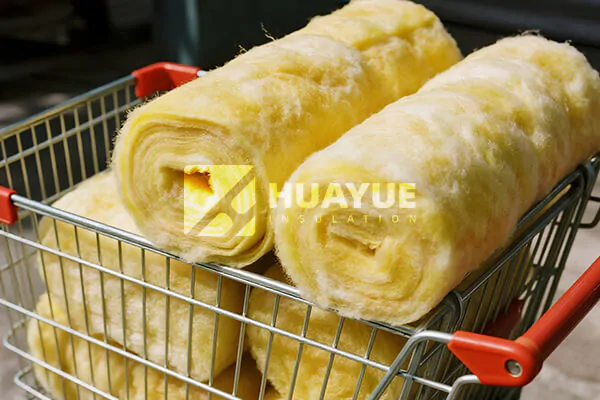
The final price of your insulation project is a major factor in your decision-making process. As a company that has been manufacturing and exporting insulation solutions like glass wool since 1998, we understand the importance of balancing cost with quality. We’ve helped countless partners and clients navigate their budgets to find the most effective solution. Let’s break down the real costs of fiberglass insulation so you can plan your project with confidence.
Is Fiberglass Insulation Expensive?
When you hear about home improvement costs, are you worried that insulation will be a major strain on your budget? It’s a common concern, especially when comparing different material options.
No, fiberglass insulation is not expensive; in fact, it is widely considered the most budget-friendly insulation on the market. While high-performance options like spray foam can be costly, fiberglass provides excellent thermal resistance and long-term value for a fraction of the price.
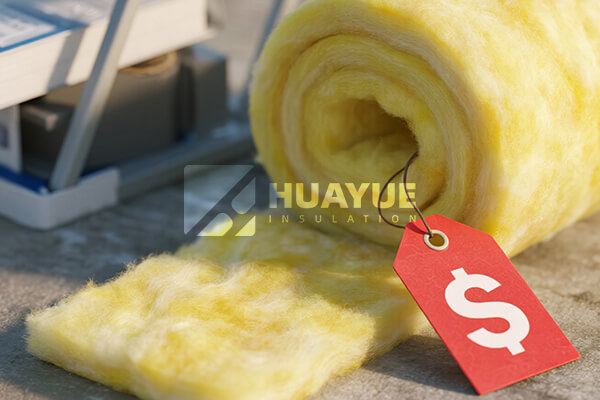
Deeper Dive into the Average Cost
In my 30+ years in the insulation business, the number one reason people choose fiberglass is its unbeatable cost-to-performance ratio. It delivers fantastic results without the premium price of some alternatives. To give you a clear picture for 2025, let’s break down the average costs.
The price depends on three main things: the type of insulation (batts vs. loose-fill), the desired R-value (thickness), and whether you do it yourself or hire a professional.
| Cost Component | Fiberglass Batts & Rolls | Blown-In (Loose-Fill) Fiberglass |
|---|---|---|
| Material Cost (per sq. ft.) | $0.40 – $1.50 | $0.50 – $1.10 |
| Professional Labor (per sq. ft.) | $0.75 – $2.50 | $1.00 – $2.90 |
| Total Installed Cost (per sq. ft.) | $1.15 – $4.00 | $1.50 – $4.00 |
For a typical project like insulating a 1,000-square-foot attic, you could expect to pay between $1,500 and $4,000 for a professional installation. A DIY approach with batts could cost as little as $500 to $1,000 in materials. The cost goes up with higher R-values because the material is thicker and requires more careful installation. While spray foam might offer a slightly higher R-value per inch, its installed cost of $3.00 to $7.00 per square foot makes fiberglass the clear winner for most residential and commercial projects where budget is a key consideration.
How Many Years Does Fiberglass Insulation Last?
Are you concerned that your investment in insulation will need to be redone in just a few years? Durability is a key factor, and nobody wants to face the same major project twice.
When properly installed in a space where it’s protected from moisture and physical damage, fiberglass insulation can last for 80 to 100 years. Essentially, it is designed to last for the entire lifespan of the building it’s installed in.

Deeper Dive into Durability
The secret to fiberglass’s incredible longevity lies in its composition. It’s made of glass. Think about ancient glass artifacts that have survived for centuries—glass is an inorganic material that is inherently resistant to decay. It doesn’t rot, and it doesn’t decompose over time. This means that under normal conditions, the insulation you install today will be just as effective decades from now.
However, its lifespan is not guaranteed if it’s not cared for. There are three main enemies that can compromise its performance and require premature replacement:
- Moisture: If the insulation gets wet from a roof leak or plumbing issue, it becomes compacted and loses its ability to trap air. This permanently ruins its R-value and can lead to mold and mildew growth on the surrounding wood and drywall.
- Compression: Storing heavy items on top of attic insulation or jamming oversized batts into wall cavities crushes the material. This squeezes out the vital air pockets, significantly reducing its effectiveness.
- Pests: While rodents can’t eat fiberglass for nutrition, they love to tunnel through it and use it for nesting. This creates voids and tunnels that allow air to flow freely, compromising the thermal barrier.
So, while the material itself is extremely durable, its lifespan truly depends on a quality installation in a well-maintained, dry, and sealed space.
Do Homes Still Use Fiberglass Insulation?
With all the new "green" and "high-tech" insulation products on the market, do builders even use old-school fiberglass anymore? You might think it’s been replaced by more modern options.
Yes, absolutely. Fiberglass insulation remains, by a large margin, the most popular and widely used insulation material in homes today. Market data consistently shows that it is used in the majority of new construction and retrofit projects across North America.
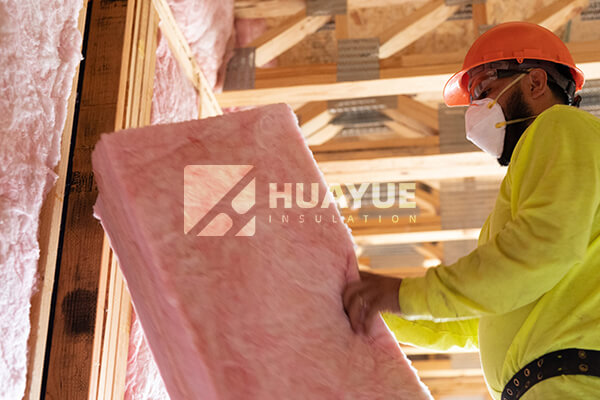
Deeper Dive into Its Enduring Popularity
I’ve been in this industry since 1998, and while new products emerge, fiberglass continues to dominate the market for very simple reasons. According to industry reports, fiberglass batts and blown-in fiberglass together account for over 70% of all insulation applications in new single-family homes. This isn’t because builders are stuck in the past; it’s because fiberglass hits the perfect "sweet spot" of performance, cost, and safety.
Here’s why it’s still the king:
- Proven Performance: It delivers excellent thermal resistance (R-value) that easily meets and exceeds modern energy codes. It just works.
- Unbeatable Value: As we’ve discussed, it offers the most cost-effective path to achieving a well-insulated home. This allows builders to deliver energy-efficient homes without inflating the final price tag.
- Safety as a Standard: Fiberglass is naturally non-combustible. This built-in fire resistance is a critical safety feature that doesn’t require expensive chemical additives.
- Accessibility and Ease of Use: It’s available everywhere and is a known quantity. Contractors know how to install it efficiently, and the availability of batts makes it a feasible project for skilled DIYers.
While materials like spray foam have their place for specific applications like air sealing, the all-around value proposition of fiberglass keeps it the number one choice for the vast majority of building projects.
Conclusion
In conclusion, fiberglass insulation is a highly cost-effective material that provides excellent long-term value. Its affordability, impressive lifespan, and continued popularity make it a smart and reliable choice for nearly any insulation project.
At HUAYUE, our expertise since 1998 has been in manufacturing and supplying world-class insulation solutions. We provide top-quality glass wool, rock wool, and more, offering customized wholesale options to partners in over 100 countries.
You may also be interested in:
Ready to Get Started?
Get in touch with our experts for personalized solutions tailored to your needs.
Get Free QuoteLatest Articles
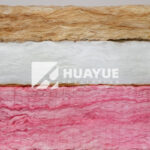
Eco Batt Insulation: What You Need to Know?
Dec 12, 2025
Let's Work Together
Ready to take your business to the next level? Get in touch with our team of experts and let's discuss how we can help you achieve your goals.
Get Free Solutions
